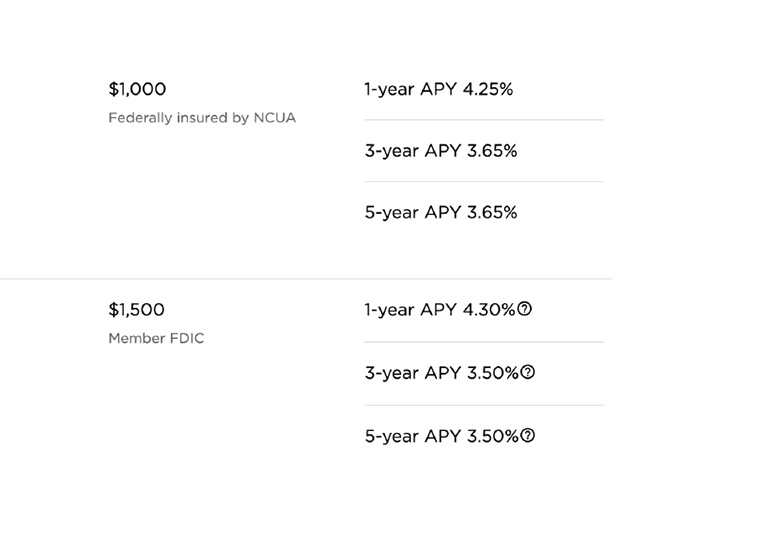Traditional banks pull out of lower- and median-income neighborhoods the federal program aims to help
For nearly 50 years the federal government has used a regulatory carrot-and-stick to push traditional banks to do more lending in economically disadvantaged areas. The Community Reinvestment Act mandates periodic reviews of banks under federal regulation to check if they are abiding by the program’s guidelines for extending credit in low- and moderate-income neighborhoods where access to mortgages and small business loans has been historically subpar.
The carrot is that banks that pass CRA exams can pursue two core growth paths: adding more branches and participating in mergers and acquisitions. The stick is the prospect of losing those profit levers if the bank doesn’t pass its CRA inspection. Banks that receive a subpar assessment may also be subject to more frequent inspections and may face community backlash as all results are public.
Opt In to the Review Monthly Email Update.
A working paper suggests that the emergence of nonbank lenders is throwing a wrench into the CRA’s intended goal of increasing access to credit in less advantaged areas. After the 2008 financial crisis, nonbank lenders expanded rapidly, capturing nearly two-thirds of all new mortgage originations in 2022 — up from less than 40% before the financial crisis. A key driver of this growth is their exemption from many federal financial regulations that traditional banks must adhere to — including the CRA.
Regulations Fixed, Markets Ever Evolving
University of Minnesota’s Jacelly Cespedes, USC’s Erica Xuewei Jiang, Pontificia
Universidad Católica de Chile’s Carlos Parra and UCLA Anderson’s Jinyuan Zhang seize on this regulatory mismatch to explore whether the very regulations the CRA imposes to increase lending to disadvantaged areas are now in fact causing traditional banks to do less of that.
By its nature, regulation is enacted (and often watered down ahead of time) to deal with the problems that exist at that point in time and, unless Congress gets really motivated, isn’t updated. Business, though, is constantly evolving, often in reaction to regulation, and thus laws like the CRA soon become less and less effective as market players adjust to lower the cost of compliance or skirt the law altogether. Even at its outset, CRA was a delicate contraption to compel lending to lower-income areas. In an email exchange, co-author Zhang lays out the complex set of events that has most recently badly undermined the CRA’s intentions:
- Making loans in low- and moderate-income neighborhoods is inherently costly for banks.
- Banks established branches in such areas only if they could offset these costs by profiting from lending in wealthier neighborhoods.
- The profitability on loans even in these richer areas has declined as nonbank lenders have grown and captured a significant share of the business.
- As a result, the traditional CRA trade-off of maintaining branches in lower-income areas becomes less sustainable for banks.
- Consequently, banks begin to close branches.
- These closures are concentrated in poorer regions, thereby worsening credit access and inequality.
CRA Impact on Mortgage Pricing Across Markets
Some background: The CRA covers all banks that accept deposits and extend credit. But not nonbank lenders, which don’t take deposits. (Credit unions are also not covered by the CRA). The basic rule is that if a bank has branches or ATMs within a metro area, it must serve all the sub-neighborhoods within that MSA (or county, if the area doesn’t qualify as an MSA). The CRA is focused on making sure there is ample lending within neighborhoods (census tracts) where median family income is 80% or less of the median for the surrounding metro area.
By studying lending patterns in tracts just above and below the 80% income threshold, the researchers sought to isolate the extent to which trying to stay in the good graces of the CRA may impact lending decisions. They find that banks with branches in lower-income census tracts make 2% more new mortgage loans than in tracts with income levels that are above the threshold. And those loans aren’t more profitable, as the researchers also document that mortgage rates are slightly lower in the lower-income neighborhoods. This suggests banks take that profit hit as a cost to being able to continue doing business in the broader region.
But that obscures the fact that overall lending to disadvantaged areas has fallen over the past decade. The researchers posit that this is where the rise of nonbanks may be causing traditional banks to exit or reduce their physical footprint in lower-income areas that fall under the CRA’s watch.
Nonbank Growth Results Overall in Less Lending
The researchers begin by quantifying how much traditional banks lend over and above CRA thresholds. They observe that banks with expansion plans often act as “good citizens,” increasing their lending to underserved communities. But as nonbank lenders began to rise after the crisis — free from the same regulatory burdens — these “good citizen” banks appear to have started to rethink their strategies. In this shifting financial landscape, regulatory obligations may be pushing these banks to reconsider where and how they do business in order to stay competitive.
The researchers observe that there does seem to be a too-high regulatory “cost” for traditional banks facing stiff competition from nonbanks. They calculate that as nonbank market share grew by 30% following the financial crisis through 2017, traditional banks (with a higher cost of continuing to comply by presumably making less profitable loans) become 3.9% more likely to shut down all their branches in that area — circumventing CRA oversight — compared with other traditional banks that aren’t facing such stiff costs to continuing complying. And that creates less lending overall as nonbanks don’t entirely pick up the slack from traditional banks that have reduced their physical footprint. The researchers calculate that mortgage lending fell 14.5% and small business lending declined 13% during the period studied.
There is some nuance to how traditional banks weigh the decision to physically stay in markets that come under CRA oversight. It seems they will stomach the cost of CRA compliance only if it is a loss leader of sorts. The research exposes that traditional banks are more willing to subsidize lending in poor neighborhoods when those neighborhoods are adjacent to rich neighborhoods.
Cespedes, Jiang, Parra and Zhang observe that in counties with lower per capita income (44th percentile and lower) traditional bank lending declines by 76% in underserved communities. In counties where per capita income is higher (56th percentile and higher) lending rises by 104% in underserved neighborhoods. The net effect is that overall lending falls 3.4%.
That is, the regulatory cost of the CRA creates a “significant paradox,” write the researchers. “It promotes credit equality in wealthier areas, yet this comes at the expense of poorer regions, which consequently experience diminished banking access.”
Featured Faculty
-
Erica Xuewei Jiang
Assistant Professor of Finance
-
Jinyuan Zhang
Assistant Professor of Finance
About the Research
Cespedes, J., Jiang, E.X., Parra, C., Zhang, J. 2024. Branching Out Inequality: The Impact of Credit Equality Policies. )






